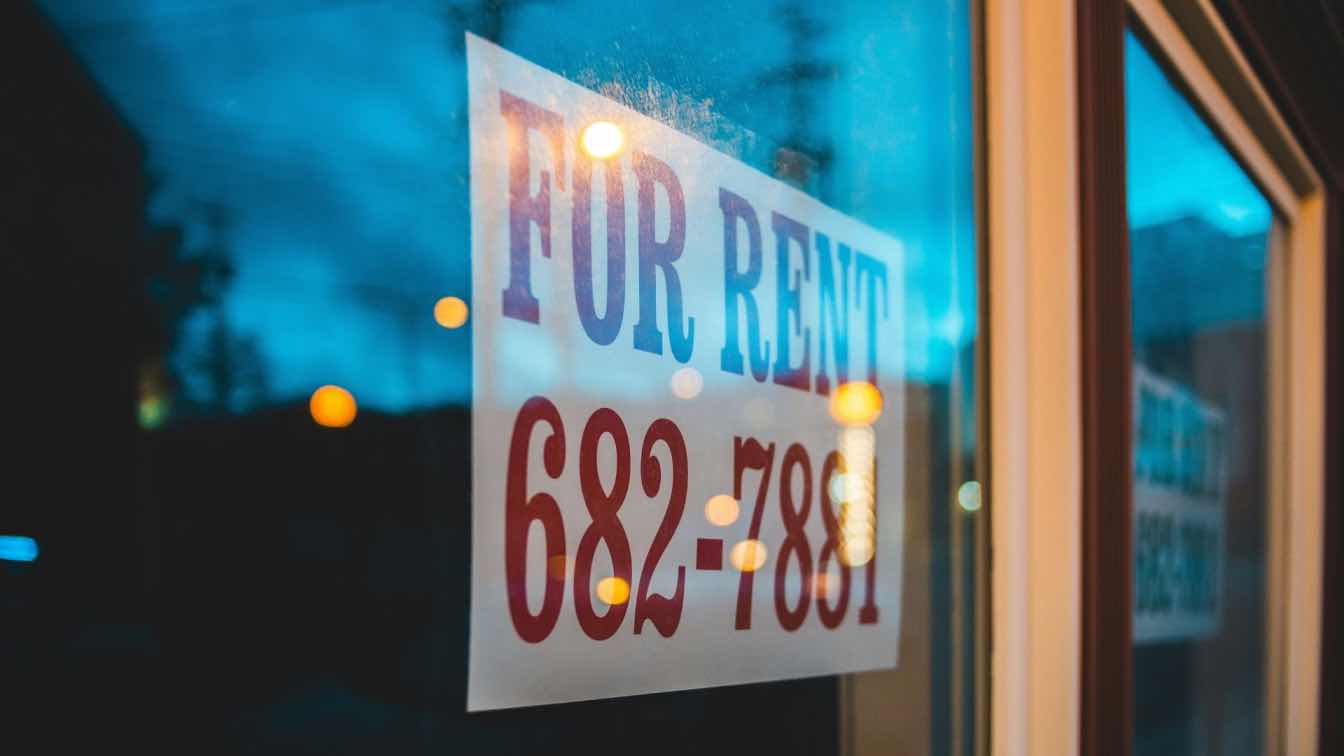Want to protect your stuff without breaking the bank?
Most renters think insurance is too expensive, but here's the thing...
Renters insurance costs just $174 per year on average. That's less than $15 per month. Yet only 57% of renters have any coverage at all.
Pretty crazy, right?
The truth is that smart renters have figured out how to get solid coverage for even less than the national average. And you can too.
Here's what you'll discover:
1. Why Most Renters Overpay (And How To Avoid It)
2. The Smart Shopper's Guide To Cheap Policies
3. Discount Hunting Strategies That Actually Work
4. Coverage Tweaks That Save Big Money
Why Most Renters Overpay (And How To Avoid It)
Here's something that might surprise you...
Most renters make the same expensive mistake. They grab the first quote they see and call it done.
Bad move.
State Farm offers coverage for as low as $8 per month in some areas. But if you live in Mississippi or Louisiana, you might be paying up to $258 annually due to higher natural disaster risks.
Location matters. A lot.
But there's more to it than just geography. Your insurance company uses dozens of factors to calculate your rate:
- Credit score
- Claims history
- Coverage limits
- Deductible amount
- Security features in your rental
The good news is you can control most of these factors to bring your costs way down.
For expert discussions on finding the best renters insurance options and money-saving strategies, many renters share their experiences and tips in online communities.
Want to know the real secret to cheap renters insurance?
It's shopping around. And I mean really shopping around.
The Smart Shopper's Guide To Cheap Policies
Getting multiple quotes isn't just smart. It's essential.
Here's why...
State Farm has the cheapest rates in 29 states. But Lemonade beats them in 17 states, including California, New York, and Texas.
That means the "best" company depends entirely on where you live.
The smart approach:
Get quotes from at least three companies. Here are the consistently cheapest options:
State Farm: Average $11 per month nationwide
Lemonade: Average $12 per month (29 states only)
Auto-Owners: Average $9 per month for $20,000 coverage
Allstate: Starting at $4 per month in some areas
But here's the kicker...
Don't just compare the monthly cost. Look at what you're actually getting. Some cheap policies have terrible coverage limits or sky-high deductibles.
Make sure you're comparing:
1. Personal property coverage amounts
2. Liability coverage limits
3. Deductible amounts
4. Additional living expenses coverage
Discount Hunting Strategies That Actually Work
Want to slash your premiums even more?
Every insurance company offers discounts. The trick is knowing which ones to ask for.
The big money-savers:
Bundle and save big. Combine your renters and auto insurance with the same company. This single move can save you 5% to 25% on both policies.
Security system discounts. Got smoke detectors, burglar alarms, or a security system? Tell your insurer. These safety features can knock 5% to 20% off your premium.
Claim-free discounts. No claims for several years? You've earned a discount. Some companies give you up to 10% off for staying claim-free.
Credit score bonus. Many insurers use credit-based scoring. Pay your bills on time and keep debt low to qualify for better rates.
Early bird savings. Some companies give discounts for buying coverage at least one day before you need it.
Ask about lesser-known discounts. Some companies offer savings for:
- Being over 55 and not working full-time
- Having certain professional memberships
- Being a non-smoker
- Installing smart home devices
Coverage Tweaks That Save Big Money
This is where things get interesting...
You can dramatically lower your costs by tweaking your coverage in smart ways.
Raise your deductible. Going from a $500 to $1,000 deductible can reduce premiums by 10% to 25%. Just make sure you have that much in savings.
Right-size your coverage. Don't over-insure. Walk through your place and honestly assess what you own. A one-bedroom apartment might only need $15,000 to $20,000 in coverage.
Choose actual cash value over replacement cost. This cuts your premium significantly. The downside? You'll get less money if you file a claim since it accounts for depreciation.
Skip unnecessary add-ons. Do you really need earthquake coverage in Ohio? Or flood coverage on the 5th floor? Only buy what makes sense for your situation.
But here's the thing...
Don't go crazy cutting coverage. Remember, 45.5 million households rent their homes in the US. Property crimes happen. Natural disasters strike. The small amount you save by under-insuring isn't worth the massive financial hit if something bad happens.
The Truth About Cheap vs. Affordable
There's a difference between cheap insurance and affordable insurance.
Cheap insurance has rock-bottom premiums but terrible service, high deductibles, or coverage gaps that leave you exposed.
Affordable insurance gives you solid protection at a reasonable price.
The companies with the best combination of low rates and good service? State Farm, Lemonade, and Auto-Owners consistently rank high for both price and customer satisfaction.
Here's what to look for in any policy:
Personal property coverage: At least $20,000 for most renters
Liability protection: Minimum $100,000 (preferably $300,000)
Additional living expenses: Coverage for hotel costs if you're displaced
Medical payments: $1,000 minimum for guest injuries
Smart Money Moves for Renters
Beyond just buying insurance, there are other money-smart things you can do.
Document everything. Take photos or video of your belongings. This makes claims faster and ensures proper compensation.
Review annually. Your needs change. Adjust your coverage accordingly.
Pay annually. Many companies charge fees for monthly payments. Pay upfront to avoid these charges.
Keep receipts. For expensive items, keep purchase receipts. This proves value if you file a claim.
Consider umbrella insurance. If you have significant assets, a personal umbrella policy adds extra liability protection for just a few more dollars.
Red Flags To Avoid
Not every cheap policy is a good deal.
Watch out for these warning signs:
1. Companies with terrible customer reviews
2. Policies with extremely high deductibles
3. Coverage limits that are way too low
4. Companies that aren't licensed in your state
5. Rates that seem too good to be true
Putting It All Together
Smart renters insurance shopping comes down to a few key steps:
1. Get multiple quotes from at least three insurers
2. Ask about every available discount
3. Right-size your coverage to match your needs
4. Consider raising your deductible if you have emergency savings
5. Bundle with auto insurance for maximum savings
The goal isn't to find the absolute cheapest policy. It's to get the best value -- solid coverage at a price that fits your budget.
With a little effort, most renters can get quality protection for $10 to $15 per month. That's less than what most people spend on coffee weekly.
And here's the best part...
Once you find a good policy with the right company, you can often lock in that rate for years. Just review annually to make sure it still meets your needs.
Time To Get Moving
Stop putting off renters insurance because you think it's expensive.
With the strategies above, you can get solid coverage for less than you spend on streaming services.
Start by getting quotes from State Farm, Lemonade, and Auto-Owners. Compare what they offer. Ask about discounts. Find the sweet spot between price and protection.
Your stuff is worth protecting. Your bank account doesn't have to take a hit.





